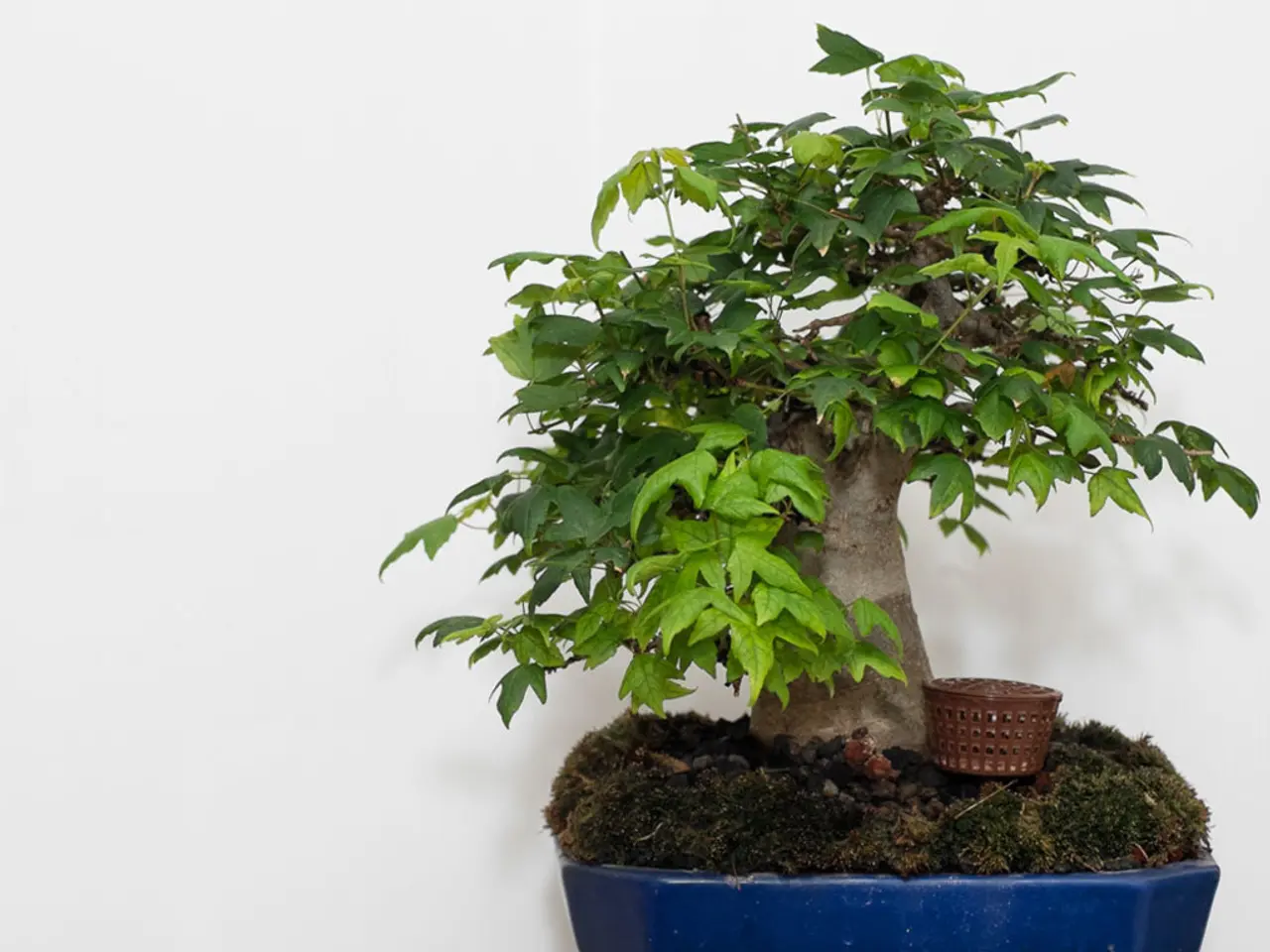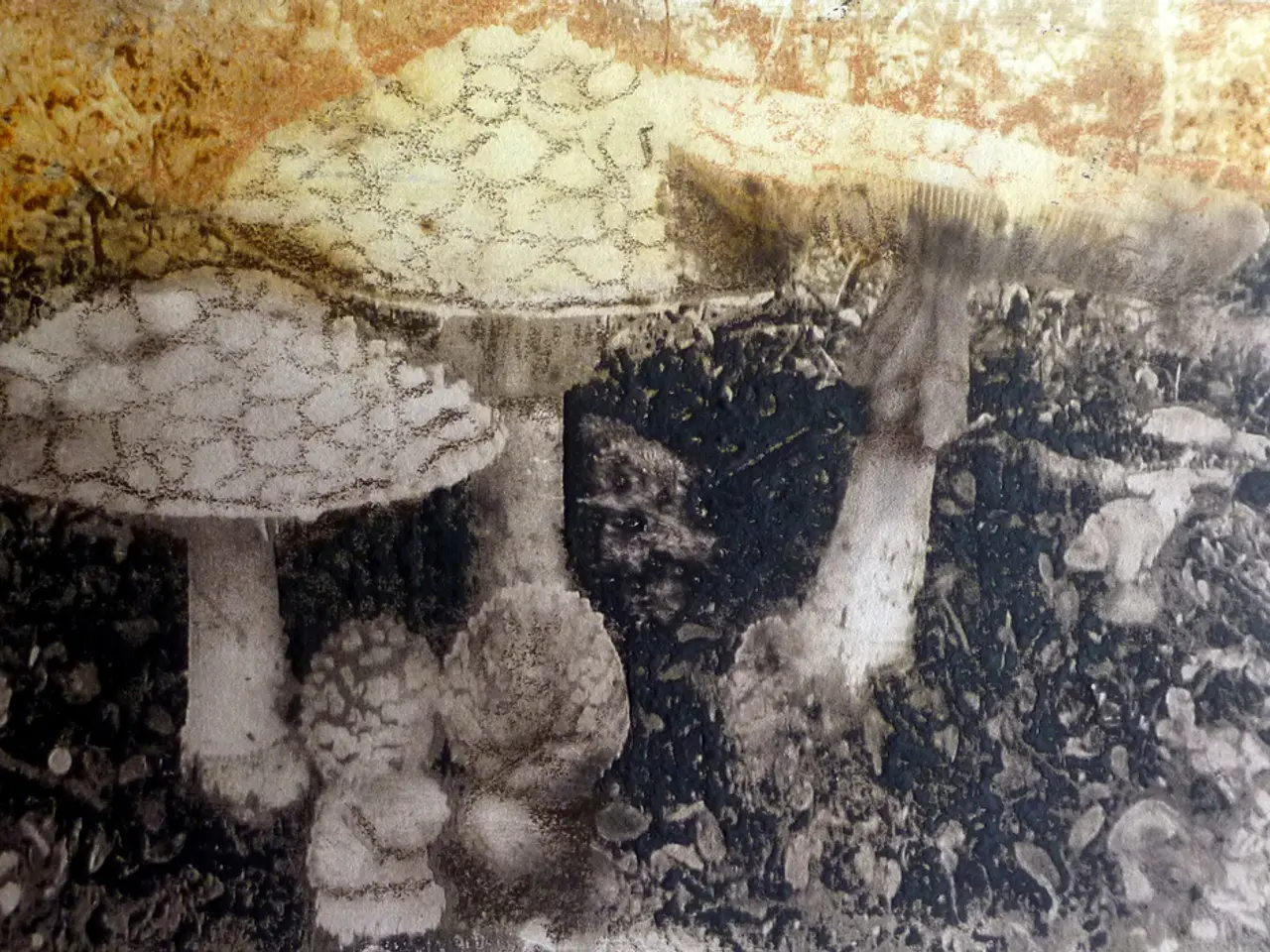Maintaining and Preserving Bonsai Equipment for Durability and Edge
In the world of bonsai, maintaining your tools is just as crucial as caring for your trees. Here's a guide to help you keep your tools in top condition.
**Effective Techniques for Bonsai Tool Maintenance**
1. **Regular Cleaning**
After each use, clean your tools with water and mild soap. For more thorough cleaning, consider using steam or a brass cleaner, particularly for tools like tweezers and bonsai scissors. This practice prevents sap and debris buildup, which can lead to rust or reduce tool effectiveness.
2. **Drying and Storage**
Dry tools thoroughly after washing and store them in a dry place. Avoid storing tools in humid environments or leaving them exposed to moisture. This reduces the risk of rust and keeps tools sharp.
3. **Oiling and Lubrication**
Apply a thin layer of oil on the blades of tools like scissors and pruning shears. This helps protect against corrosion and maintains smooth operation.
4. **Sanitizing the Workspace**
Keep your workshop floor and storage areas clean to prevent the spread of diseases and reduce moisture that can lead to rust.
5. **Proper Handling and Use**
Always handle tools with care, avoiding accidental cuts or misuse. Use gloves if handling sharp tools frequently. This practice prevents accidents and maintains tool integrity.
By following these techniques, you can ensure the longevity of your bonsai tools and maintain their effectiveness for optimal bonsai care.
**Additional Maintenance Practices**
- Store tools in a dry, well-ventilated area to prevent moisture from accumulating and promoting corrosion. - Organize and store tools in a designated area, using protective cases or pouches to prevent scratching and corrosion, and ensure easy location and access. - Invest in a sturdy, compartmentalized toolbox or roll specifically designed for bonsai tools, which can be easily transported to the workspace. - Monthly: Use a gentle abrasive to remove rust spots and polish metal surfaces. - Gently remove corrosion with a soft-bristled brush and mild cleaning solution. - Store tools in a cool, dry place, away from direct sunlight, to prevent rust formation and maintain the tools' overall condition. - Clean tools gently yet meticulously to remove sap, debris, and residue, preserving their aesthetic appeal and peak functionality. - Establish a consistent cleaning regimen to prevent the buildup of corrosive substances and ensure tools remain in pristine condition. - Regularly inspect tools for signs of corrosion, such as rust, pitting, or discoloration. - Clean rubber handles with a soft cloth and mild soap, apply a rubber conditioner or silicone-based lubricant. - Dry tools thoroughly after cleaning to prevent water spots and rust formation. - Honing and whetting tool edges refine the blade's cutting ability and remove any microscopic imperfections that may have developed during sharpening. - Sharpen and hone blades at a consistent angle to maintain precision cuts, promoting healthy tree growth and aesthetically pleasing shapes. - Lubricating tool joints and hinges is crucial to maintain smooth operation, prevent corrosion, and reduce wear and tear on these critical components. - Treat corroded areas with a rust-inhibiting coating or wax to prevent further corrosion. - Weekly: Soak tools in warm soapy water to remove stubborn residue, then dry and lubricate moving parts. - Store tools side by side, with the blades facing away from each other. - Organize tools by type and function for easy location and access.
By incorporating these practices into your routine, you'll be well on your way to maintaining your bonsai tools effectively and ensuring they serve you well for years to come.
Incorporating home-and-garden practices, organize and store bonsai tools in a designated, dry, and well-ventilated area, using protective cases or pouches to prevent scratching and corrosion. Maintaining a lifestyle that prioritizes tool care, establish a consistent cleaning regimen to prevent the buildup of corrosive substances and ensure tools remain in pristine condition.




